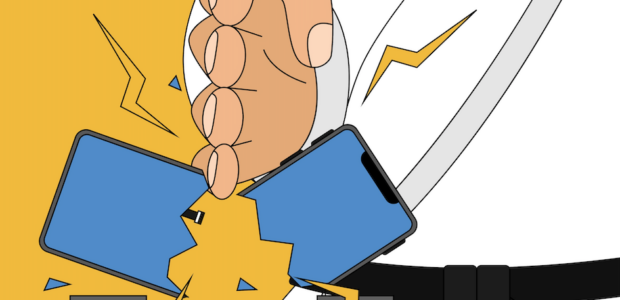In an era when nearly every student has access to a device (or two, three, or five), it’s easy to assume we’ve achieved equity in educational technology. However, handing out Chromebooks or iPads is just the beginning. True equity not only ensures access to the hardware but also guarantees educational impact and effective use of the devices. It’s about how technology is used, by whom, and to what end.
In my work with digital learning, filtering, instructional tools, and student wellness, I’ve seen how quickly “1:1” can become “1 to lost”…if we’re not thoughtful. So, what does equitable technology usage look like? Here’s what I believe…
Access for All, with Purpose
Yes, students need access…but not just to any device, they need tools that serve their learning, fit their needs, and support their growth (within budget constraints). Equity means going beyond distribution. It means asking:
- Are tools accessible to diverse learners?
- Do they adapt to language, literacy, and ability?
- Are they paired with strong instructional design?
It’s not enough to say, “Everyone has a 1:1 device.” The real question is: Is every student’s device a learning tool or a distraction machine?
Instructional Time is Protected and Prioritized
We only have a few hundred minutes in a school day. Equitable tech usage means fiercely protecting those minutes. Tools like GoGuardian, Qustodio, GoTeacher, and Linewize help us monitor and manage digital distractions, not to punish but to protect focus and maximize learning.
We wouldn’t leave a cafe unsupervised while students eat lunch, so why would we leave a digital space that way?
Educators Are Empowered, Not Overwhelmed
We cannot ask teachers to integrate technology meaningfully without providing them with the time, training, and trust. Equitable use means:
- Professional development that goes beyond “how to log in.”
- Ongoing support from a strong technology and curriculum department, not just one-off sessions.
- Collaboration between technology leaders and instructional leaders.
When teachers are active partners in the technology conversation, students benefit.
Families Are Informed Partners
Equity extends beyond the school day. Families deserve to know how their child uses technology, especially if district equipment is sent to invade (yes, invade) the home. Whether it’s a Google Classroom summary or Qustodio’s weekly report, tools should bring families in, not shut them out.
To reinforce digital citizenship at home, we must provide parents with a clear and digestible view into their child’s online habits, not just more login information. We should also partner with them in ways to support screen time moderation.
Student Wellness and Digital Balance Built-In
Technology should support student well-being, not chip away at it. Equity means acknowledging that:
- Devices can both empower and exhaust.
- Social media and gaming can derail a school day.
- We need lessons, not just limits.
I’ve seen incredible work from teachers designing screen-time balance activities, building habits of self-regulation, and creating space to talk about digital distractions. These are the moments where equity and empathy meet.
Data-Informed Decisions, with Data Privacy in Mind
We can’t fix what we don’t measure or collect. When used thoughtfully, the power of the Internet, combined with data from GoTeacher, is transformative. It helps us:
- Spot distraction trends.
- Measure tool effectiveness.
- Have honest conversations about what’s working and what’s not.
- Report on metrics of usage that support the adoption of the software or tool.
However, this only works when student privacy is respected and data minimization is used with the community (and vendors), not on them.
In Closing: It’s Not the Tool…It’s the Intent
Technology alone doesn’t create equity, but with the right systems, safeguards, and strategies, it can be a powerful force for deep learning, access, engagement, and belonging. Equity in tech isn’t about handing out more stuff; it’s about using what we have better.
Let’s build edtech environments where every student has what they need and the support to use it well. That’s the kind of equity our students deserve!
—
Illustration by Rizki Kurniawan on Unsplash
